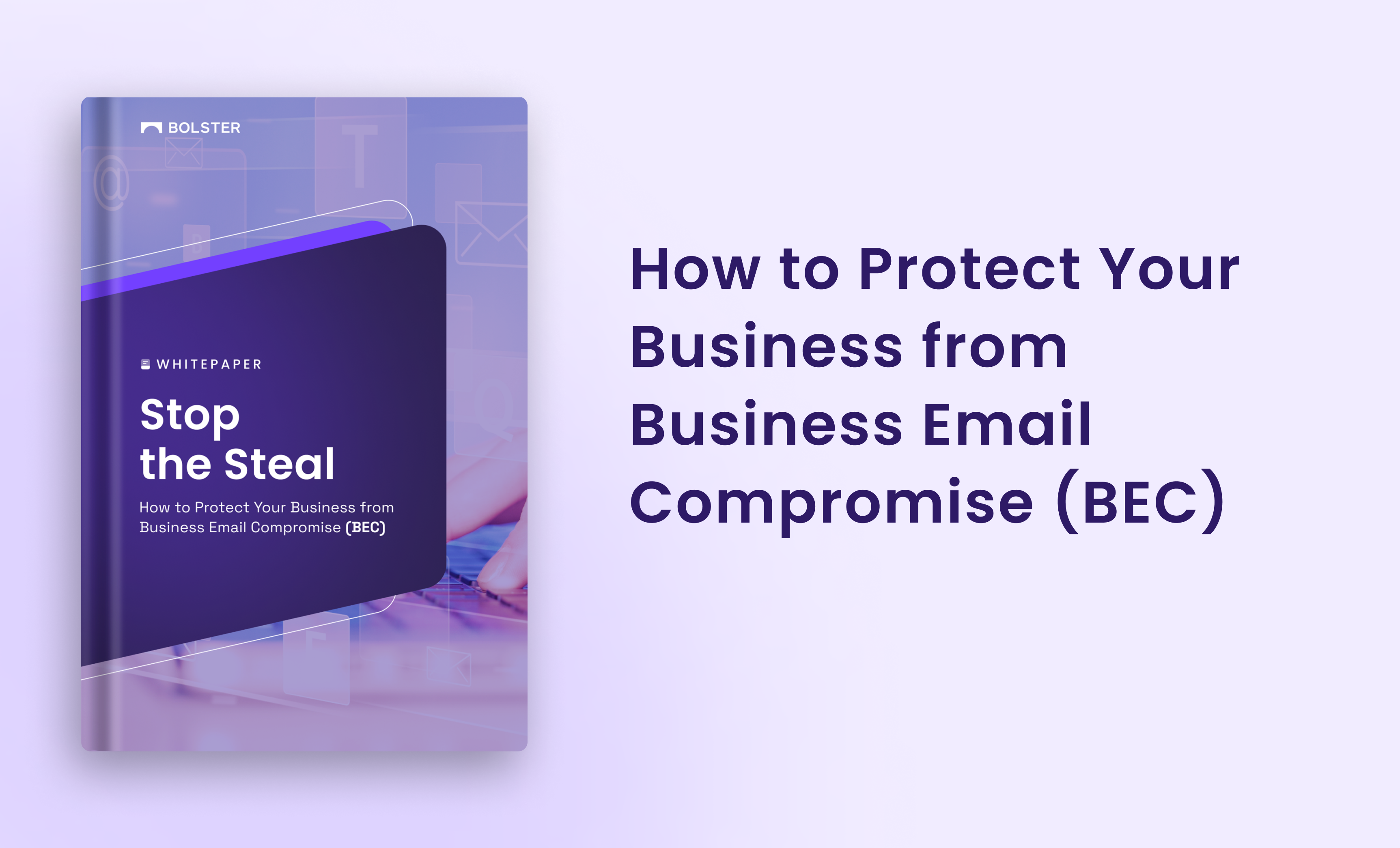Modern Brand Protection is an InfoSec Problem
In our last blog we discussed how increasingly InfoSec teams are taking the reins to lead modern corporate brand protection programs. And this makes sense as both brands and fraudsters alike have moved to online channels en masse and often with significant security implications.
InfoSec teams are often the best-equipped given the steep technology dependencies and their general orientation towards threat detection and mitigation practices. Jake Williams, Senior Instructor from the SANS Institute is a believer. In a lively webcast with our very own co-founder & CTO, Shashi Prakash, Jake said this about InfoSec’s critical role in corporate brand protection:
As Jake states, there’s a wide-open, often unprotected, attack surface outside of businesses’ four walls leading to everything from fake websites, apps and ads to email compromise to social media impersonations to counterfeit sales in marketplaces. It’s a fast-moving, fragmented, threat landscape where threat actors in many cases have the first-move advantage.
Online Brand Attacks are Overwhelming
Adding to the fragmented nature of today’s online brand attacks, the scale of the attacks is eye-popping. With Zoom, we detected over 14,000 suspicious sites in the first month of service and, using our auto-takedown service, took down over 1,500 threatening websites in the first 24 hours alone. Attacks of this size are increasingly commonplace for our customers and the prospects we speak with. The challenge for many teams is how to keep pace with the sheer volume and scale of these brand attacks.
So InfoSec teams, while brand protection should be in your wheelhouse, it’s not a problem space that can be solved with human capital. Instead what is needed is a new approach based on two key technologies:
- Artificial Intelligence
- Automation
Scaling the trained eye with AI
As in the case with Zoom, like so many other brands that get upended with online brand attacks, the numbers behind the attacks are staggering. This means detection, across so many different online channels at scale is untenable with SOC analysts alone. Consider typosquatting attacks which drive the need for daily inspection of thousands of typosquat URLs for signs of weaponization. These types of repetitive, yet critical, tasks can quickly bring a SOC team to its knees.
And this is exactly where AI–specifically natural language processing, computer vision, and deep learning models–provide a distinct and proven advantage. At Bolster, we’ve baked these capabilities into the core of our next-generation fraud detection platform to offload the human processes associated with detecting fake websites, ads, counterfeit products, logo infringements, and even content abuses. Unlike a team of analysts, Bolster AI processes never tire over time, experience eye-fatigue, or struggle with the boredom of repetitive tasks. In fact the processes thrive yielding:
- Phishing and scam verdicts in less than 100 milliseconds
- False-positive rate of 1 in 100,000
- 24 hours a day, seven days a week.
Hear what Jake Williams has to say about our AI implementation and the trust it instills:
Achieving Self-driving Workflows Through Automation
While AI serves to replace and scale the trained eye, automation is the key to replacing and scaling repetitive human tasks. With all the different online channels to monitor, and the myriad of scam types, manual workflows for discovery, inspection and evidence gathering simply don’t cut it. Instead, what is needed are automated workflows geared to automatically scan URLs, scrape social media sites, retrieve and inspect ads and content, and then when necessary remediate.
These workflows need to be performed on a daily basis as a baseline operation for fraud and scam detection. Automating these tasks is obviously a huge time-saver for SOC teams by moving repetitive tasks to the background allowing more focus to be applied to early detection and mitigation.
Equally important are the connectors and integration available to stitch these workflows into existing security operations. At Bolster, we think like security practitioners and our platform reflects this with well-documented integrations and open access to our data sets to enable a true self-driving brand protection function. Listen to what Jake Williams had to say here:
Shashi expanded on Bolster’s automation capabilities, in particular how our playbook functionality facilitates integrations with existing SIEM and SOAR infrastructure:
Scale Your Brand Protection Efforts Today!
Now more than ever is the time to put a modern brand protection program in place for your online business. And here are three simple steps you can take to get going:
- Check out our recently issued Definitive Guide to Modern Brand Protection. You’ll find it helpful as you dimension the risks to your online business and as you construct a brand protection program that’s right for you.
- Request a free, no obligation, domain risk report. It’s a great (and fast) way to assess risks to your Internet domains, risks that could manifest themselves as typosquatting attacks or business email compromise attacks at any moment.
- Book a private demo. See Bolster’s AI and automation capabilities in action for yourself and how together they can protect your online business and brand.
***
Resources:
SANS Webcast Featuring Jake Williams & Shashi Prakash
SANS Product Evaluation by Jake Williams
Bolster Brand Protection solutions









